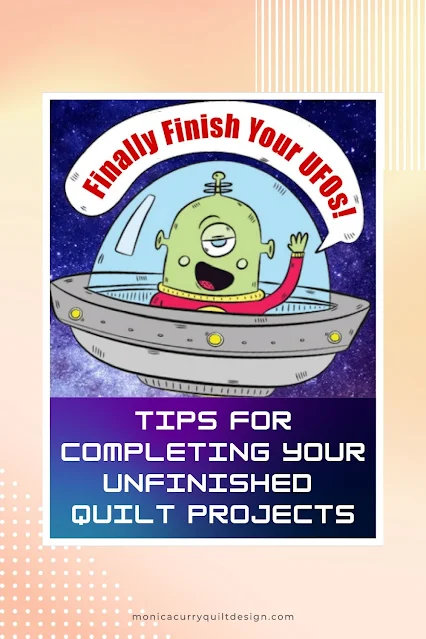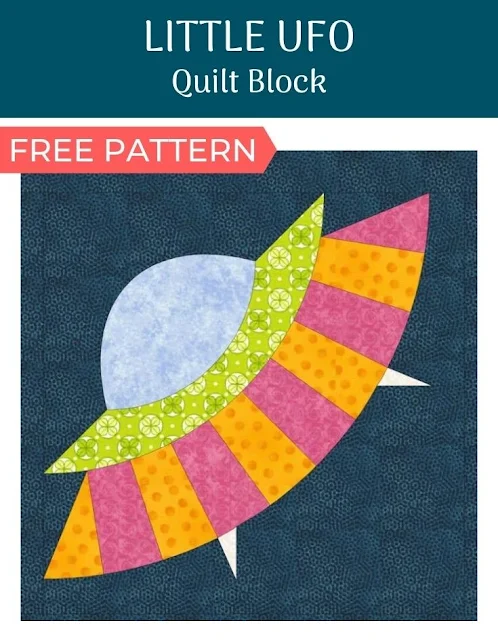When I first started selling my quilt patterns I decided to offer them in downloadable PDF format only. It's much more cost-effective for both my customers and me. Printing costs for patterns are expensive and those costs are normally absorbed by the customer along with mailing costs. Another advantage of buying PDF files is that you don't have to wait days for your pattern; instant gratification!
I thought it would be helpful for my readers and customers to have a list of five hassle-free steps for downloading and printing them. I will be including these steps with all my patterns from now on.
What is a downloadable PDF file?
A PDF (Portable Document Format) "is a file format that provides an electronic image of text or text and graphics that looks like a printed document and can be viewed, printed, and electronically transmitted." -- Google Dictionary
1. Get Adobe Acrobat Reader
Before you can download your PDF pattern you will first need the Adobe Acrobat Reader on your computer. Click to download the Acrobat Reader for free
HERE.
2. Create a pattern folder
Create a pattern folder on your hard drive to keep your purchased PDFs. You can call the folder Patterns or Bought Patterns or whatever makes sense to you. If you buy a lot of quilt patterns online, you could also create subfolders for particular designers or quilt types.
3. After you buy your pattern, where do you find it to download it?
After you purchase your pattern most sellers allow you to download your file immediately from their site and/or will email it to you. If your file is emailed and you can’t see it, check your email “Junk” folder in case the file was read as spam. It's important to download the emailed PDF files promptly because some might have only a limited time frame (e.g. 72 hours) for you to do so. If you register with a seller, such as Etsy, they will provide you with a personal order history page where you can retrieve your patterns at any time.
Important: Whichever website you purchase your PDF pattern from, read their instructions for downloading or contact the site's tech support.
4. Rename and download your PDF
Some PDF pattern files you buy only make sense to the seller, e.g. AQS-pattern-144-1.pdf. So, before downloading your PDF to your computer, rename your quilt pattern file something that makes sense to you, e.g. pattern name quilt type_designer.pdf
5. Print your pattern correctly
Before printing your PDF file set the "Page Scaling" option in the print setup box to “Actual Size” or “None.” (Fig 1) This will ensure your quilt pattern templates are printed to the correct size for your project.
 |
| Figure 1 |
6. Measure the 1 inch square if there is one.
After printing your pattern, measure the 1-inch square (test block) that is provided on the template page of your pattern instructions. If the test block measures too large or too small, double check the printer setup box and reprint the pattern. If there is no test block, measure the templates as best you can to be sure they're the correct size. (Fig. 2)
 |
| Figure 2 |





















.jpg)


















